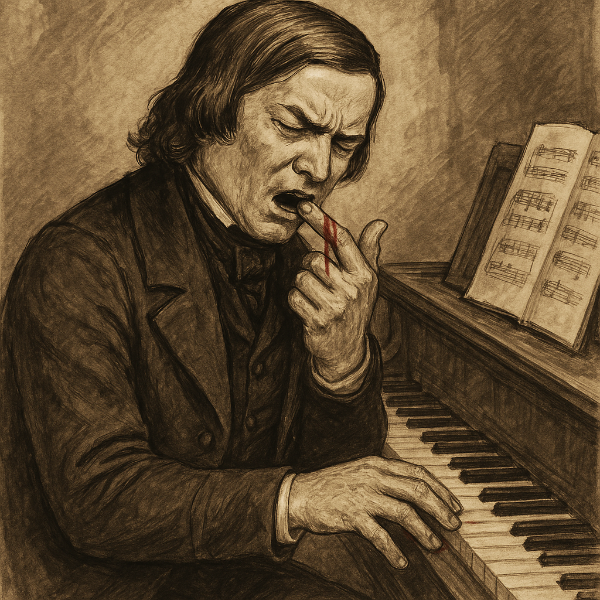Bagatelle
noun: bagatelle; plural noun: bagatelles
a thing regarded as too unimportant or easy to be worth much consideration.
(Oxford Languages definition)
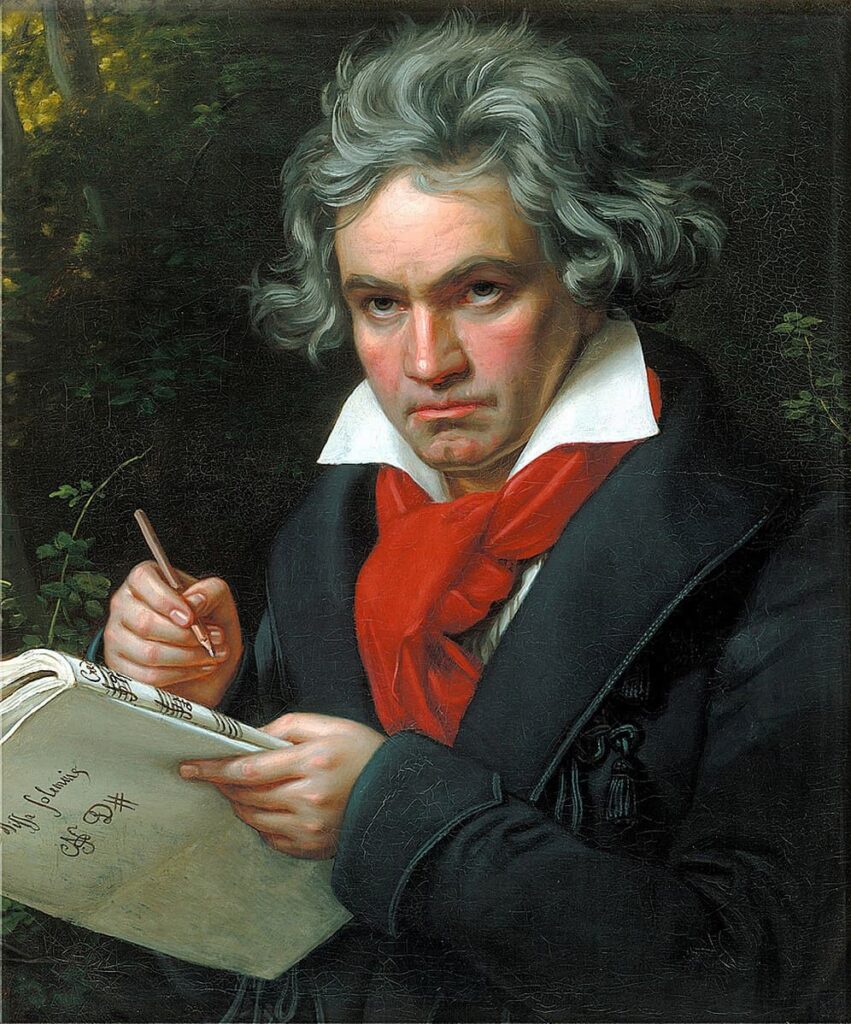
Portrait of Ludwig van Beethoven
A bagatelle is a short piece of music, typically for the piano, and usually of a light, mellow character. The name bagatelle literally means “a short unpretentious instrumental composition” as a reference to the light style of a piece (Wikipedia)
Beethoven wrote a number of short pieces and sets of pieces which fall under the definition of bagatelle. The well-known collections are the Opp.33, 119 and 126. Ten more pieces were found after Beethoven’s death in an envelope labelled “Bagatelles”, including the revised version of “Für Elise” as well as two further revisions of bagatelles.
The Bagatelles reflect Beethoven’s diverse compositional output in miniature and span almost his entire composing life from 1801/02 to 1824/25. From the pianist’s point of view, they range from moderate dexterity to demanding virtuosity, their brevity adding an extra layer of interpretative and artistic challenges for the player.
Composed in 1824, the Op. 126 set of six reflect his genius in miniature form. Although the term “bagatelle” suggests something light or trivial, Beethoven’s Op. 126 transcends the label, compressing the narrative and emotional depth of an entire sonata into the span of a few minutes with great refinement, sophistication and expression.
The Op. 126 Bagatelles are some of Beethoven’s final compositions for solo piano, written during his late period when his music became more introspective and complex. Each miniature encapsulates a unique mood – from the lyrical and serene to the playful and dramatic. Beethoven described them as his “most finished” piano pieces, indicating the care with which he crafted these seemingly simple forms. Despite their brevity, the Bagatelles offer fascinating insights into Beethoven’s late style, a period marked by experimentation with harmony, form, and a sense of searching beyond traditional musical boundaries.
My favourite of the set is No. 3 in E-flat major. It shares the warmth and serenity of the first movement of the piano sonata Op. 110.
Ludwig van Beethoven: 6 Bagatelles, Op. 126 – No. 3 in E-Flat Major (Paul Lewis, piano)
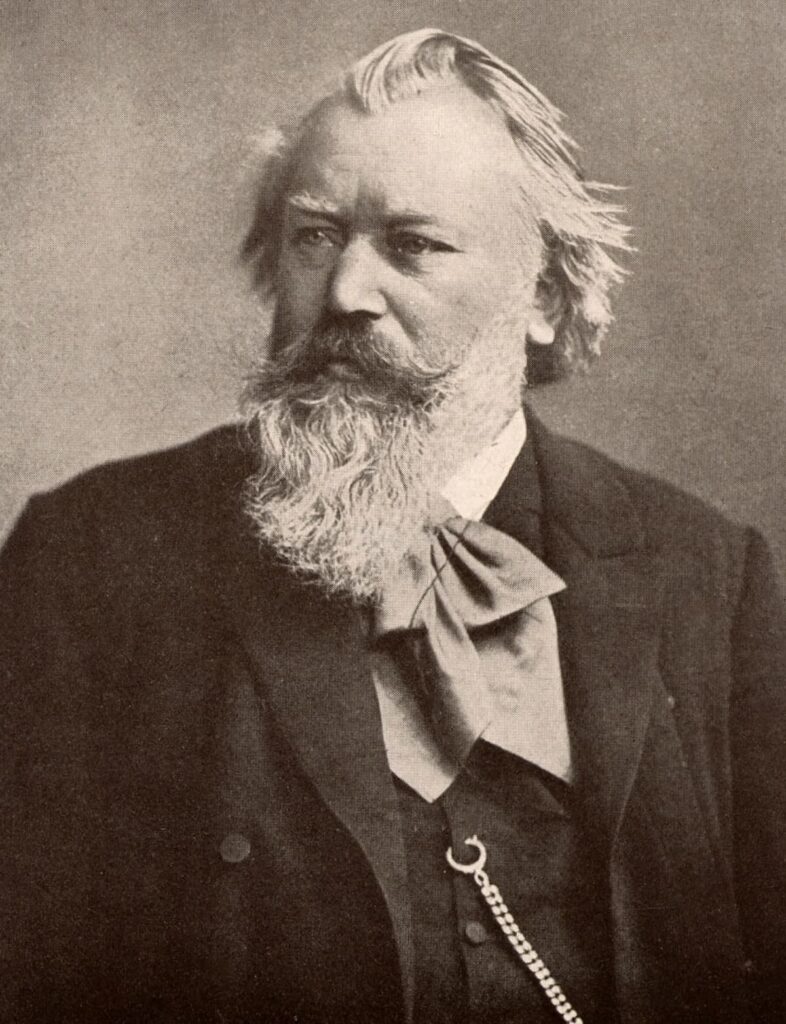
Johannes Brahms
Johannes Brahms’ three sets of piano pieces Opp. 117, 118 and 119 are among his final works, and, like Beethoven’s Bagatelles, are exquisitely crafted miniatures of contrasting moods and textures.
Brahms told a friend that the three intermezzi, Opus 117, were ‘three lullabies of my grief’. Here, the listener is invited into a quiet, introspective space, offering a window into Brahms’s late-period melancholy and reflection. With its falling arpeggios, No. 2 is rhapsodic, dark and brooding, with a contrasting second subject in more consoling D flat major.
Johannes Brahms: 3 Intermezzos, Op. 117 – No. 2 in B-Flat Minor (Sarah Beth Briggs, piano)
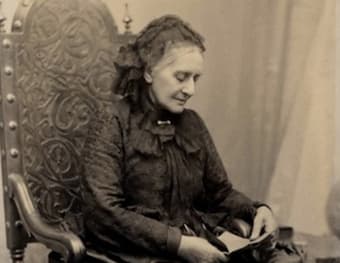
Clara Schumann
Dedicated to Clara Schumann, the Opus 118 piano pieces were the composer’s penultimate published works. Each piece in this set is marked by Brahms’ characteristic richness of harmony, rhythmic subtlety, and melodic warmth, perhaps most perfectly demonstrated in the second piece, the most famous and beloved of the set, in A major. The first unfolds in a seemingly spontaneous arc, while the final piece of the set, in dark E minor, opens with a plaintive melody punctuated by harp-like, diminished seventh arpeggios.
Johannes Brahms: 6 Piano Pieces, Op. 118 – No. 2 Intermezzo in A Major (Sarah Beth Briggs, piano)
‘The little piece is exceptionally melancholy’, Brahms told Clara Schumann, describing the first of his Opus 119, a delicate and melancholy intermezzo in B minor. The third piece of this opus, also an intermezzo, this time in C major, is the lightest of all Brahms’ late piano pieces, its staccato opening bars providing the melodic shape for the rest of the piece.
Johannes Brahms: 4 Piano Pieces, Op. 119 – No. 3 Intermezzo in C Major (Lars Vogt, piano)
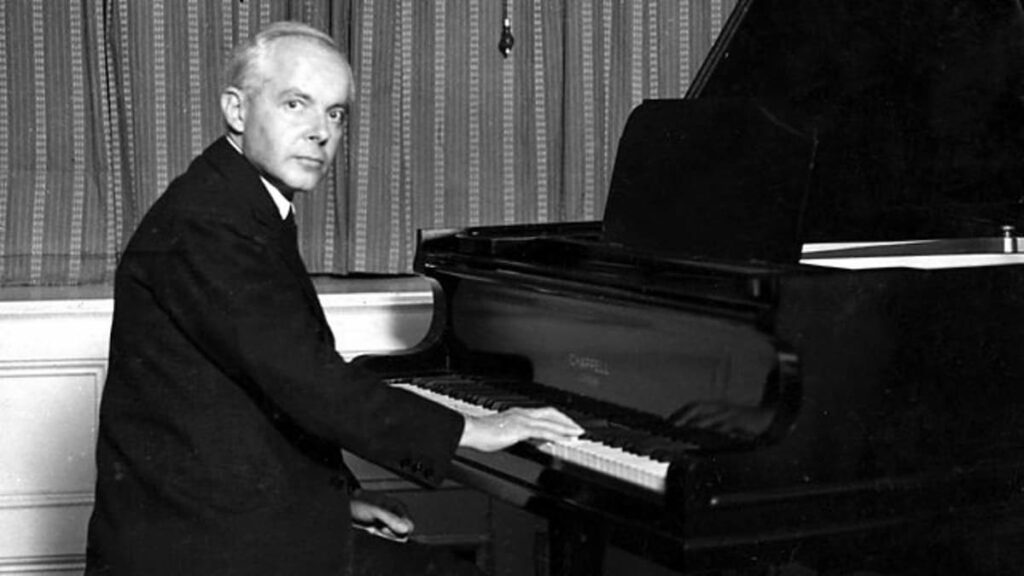
Béla Bartók
Composed in 1908, Bartók’s fourteen Bagatelles, Op. 6, showcase his evolving compositional voice, blending Hungarian folk influences with elements of modernism. The Bagatelles reflect a search for new means of expression and a break from Romantic tradition, highlighting the composer’s developing interest in rhythm, dissonance, and folk music.
The influence of Eastern European folk music is particularly evident in the rhythmic vitality and modal harmonies that permeate the set. In many of the pieces, Bartók captures the essence of folk melodies without directly quoting them, using simple motifs and infusing them with modern harmonic and rhythmic elements. The music alternates between delicate, lyrical moments and vigorous, percussive sections, creating stark contrasts in mood and texture. And like Beethoven and Brahms before him, Bartók employs a great economy of means: each piece is concise and tightly constructed, often focusing on a single idea or gesture.
Béla Bartók: 14 Bagatelles, Op. 6, BB 50 – No. 2. Allegro giocoso (Cédric Tiberghien, piano)
Ferruccio Busoni hailed the Bagatelles, ‘At last, something really new’, and they are significant in Bartók’s early output, unashamedly experimental and forwarding-looking, and displaying many of the qualities associated with his later style.
For more of the best in classical music, sign up for our E-Newsletter
Béla Bartók: 14 Bagatelles, Op. 6, BB 50 – No. 6. Lento (Cédric Tiberghien, piano)


